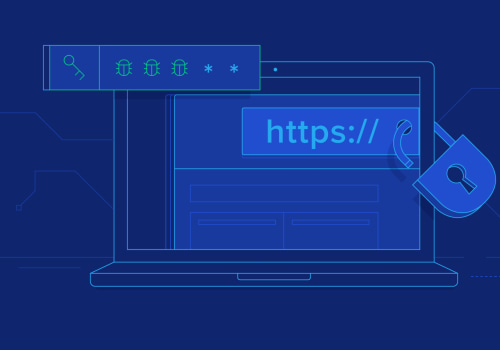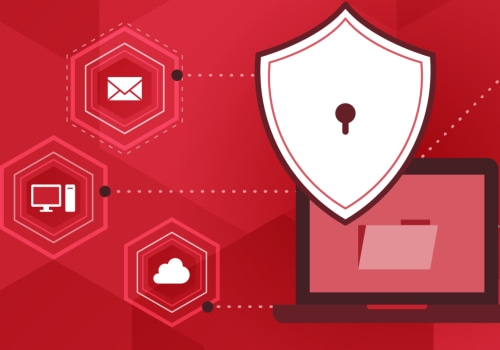Are you responsible for HIPAA IT compliance? If so, you know that vulnerability scanning and patch management are essential components of staying secure. But do you know what they are and how they fit into the overall HIPAA compliance strategy?Vulnerability scanning and patch management are two key components of any successful security strategy. They allow organizations to detect and protect against vulnerabilities in their IT systems, ensuring their data and networks remain secure. In this article, we’ll cover the basics of vulnerability scanning and patch management and how these two processes fit into the overall HIPAA IT compliance strategy. Vulnerability scanning is an essential part of any HIPAA IT compliance strategy.
It is a process that involves examining a computer system to identify potential security risks, such as network vulnerabilities and software flaws. The purpose of vulnerability scanning is to identify and address security weaknesses before they can be exploited by malicious actors. This ensures that systems are secure and data is protected. Vulnerability scanning is important for HIPAA IT compliance because it helps organizations identify and address potential security threats before they can be exploited.
This helps organizations protect their data and systems from malicious actors, and ensures that they are compliant with HIPAA regulations. Vulnerability scanning involves analyzing a computer system to identify potential security vulnerabilities. This includes analyzing the system's network infrastructure, application code, and other components for any potential weak points. Once identified, the vulnerabilities can then be addressed by implementing necessary security measures.
Organizations can implement vulnerability scanning by using various tools and techniques. These include automated vulnerability scanners, which scan a system for potential security issues and provide reports on the findings; manual vulnerability scanning, which involves manually inspecting the system for potential security threats; and penetration testing, which is a type of security test that simulates an attack on a system to identify any potential weak spots. Patch management is another key component of an effective HIPAA IT compliance strategy. Patch management involves ensuring that all systems are kept up-to-date with the latest security patches and updates.
This helps to ensure that any potential security threats are addressed as quickly as possible, reducing the risk of a breach or data loss. Patch management is important for HIPAA IT compliance because it helps organizations protect their data from malicious actors by keeping their systems up-to-date with the latest security patches and updates. It also helps organizations ensure that their systems comply with HIPAA regulations. Patch management involves monitoring systems for any new security patches and updates that become available, and ensuring that these are applied to all systems in a timely manner.
Organizations can implement patch management by using various tools and techniques, such as automated patch management software, manual patch management processes, and patching services.
Patch Management
Patch management is an essential element of IT compliance with HIPAA regulations. It involves regularly installing the latest security updates and patches for all software and operating systems used in an organization. This helps to protect the organization from any vulnerabilities or malicious attacks that could put sensitive data at risk. Patch management is important for HIPAA IT compliance because it ensures that all systems are up to date and secure. Implementing patch management involves several steps.First, organizations must identify the specific software and systems that need to be updated. They should also determine which patches are necessary and when they should be installed. Then, they must create a patch schedule and plan for regular updates. Finally, they should keep track of all patches that have been installed and ensure that they are regularly monitored. To effectively implement patch management, organizations should develop a comprehensive patch management policy.
This policy should specify who is responsible for patch management, how often patches should be installed, and what processes should be followed when applying patches. Additionally, organizations should use automated patch management tools to help simplify the process of keeping their systems up to date.
Vulnerability Scanning
Vulnerability scanning is an important part of IT compliance with HIPAA regulations. It involves using automated tools to identify security vulnerabilities in a system, and can help organizations detect potential threats before they become damaging. Vulnerability scanning is important because it helps organizations stay ahead of hackers who might attempt to exploit any security flaws in the system.It also helps organizations meet their HIPAA compliance requirements by ensuring that all systems are secure. Vulnerability scanning involves using specialized software to scan for potential vulnerabilities in a network or system. The software will look for known vulnerabilities, such as missing patches or outdated software, and can also detect other potential security threats. Once these vulnerabilities have been identified, the organization can then take steps to address them. This could involve patching the system, upgrading to the latest version of software, or implementing additional security measures. It is important to ensure that vulnerability scanning is conducted regularly, as new threats can arise at any time.
Organizations should also be sure to update their vulnerability scanning software regularly, as new threats may be discovered and patched. Additionally, organizations should also keep a record of any changes made to their systems as a result of vulnerability scanning, so that they can be reviewed if needed. To effectively implement vulnerability scanning, organizations should first identify all of the systems they need to scan. This includes both external-facing systems, such as websites and internal networks, as well as internal systems such as databases and applications. Once all of the systems have been identified, the organization should then configure the vulnerability scanner to scan for potential vulnerabilities in each system.
Finally, the organization should review the results of the scans and take action to address any issues that have been identified. To conclude, vulnerability scanning and patch management are essential components of a successful HIPAA IT compliance strategy. By understanding what they involve and implementing them effectively, organizations can ensure their systems are secure and compliant with HIPAA regulations. Proper vulnerability scanning and patch management are critical to keeping systems up-to-date with the latest security patches and preventing any breaches.








Leave Message